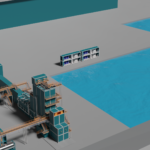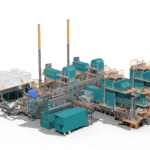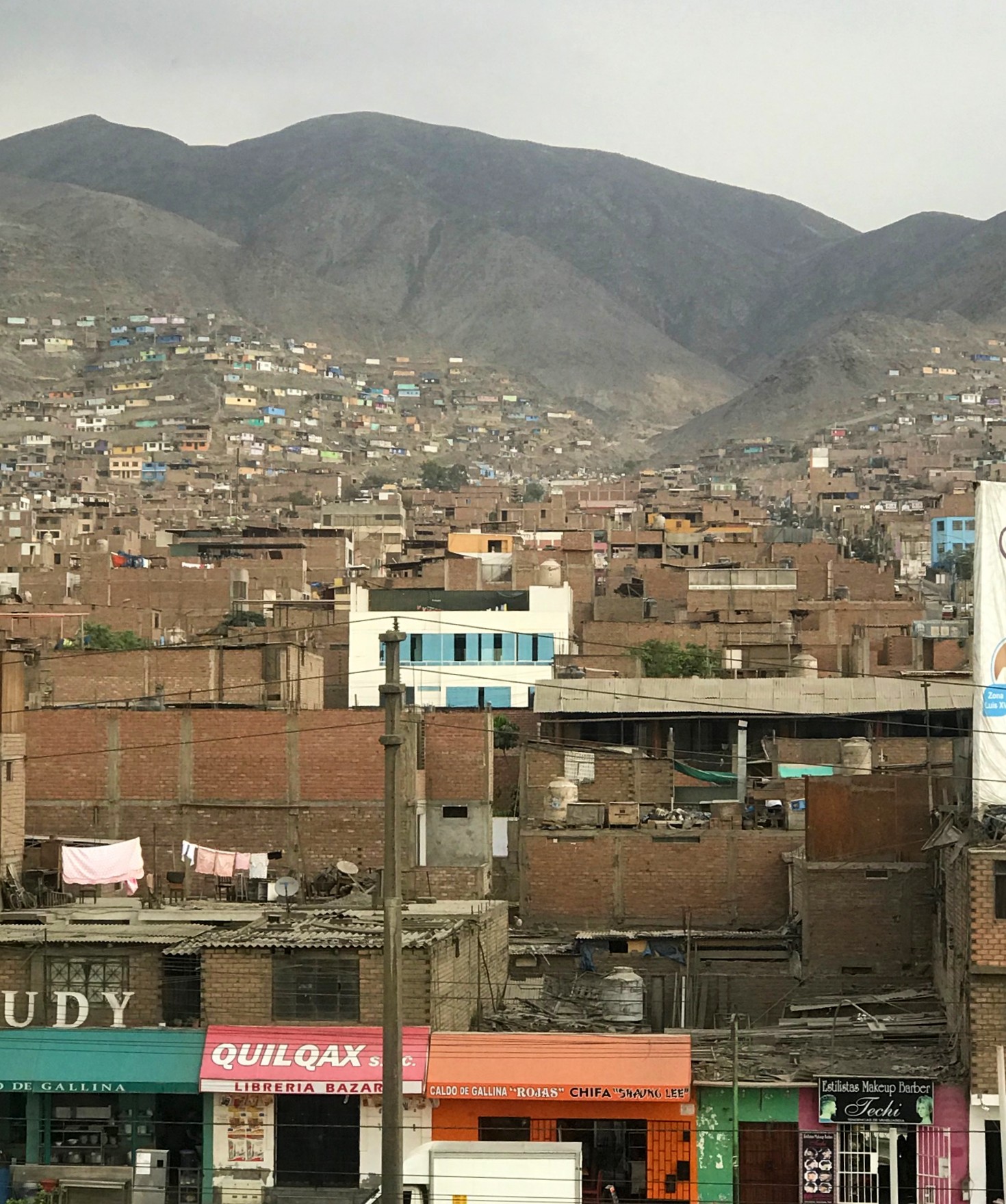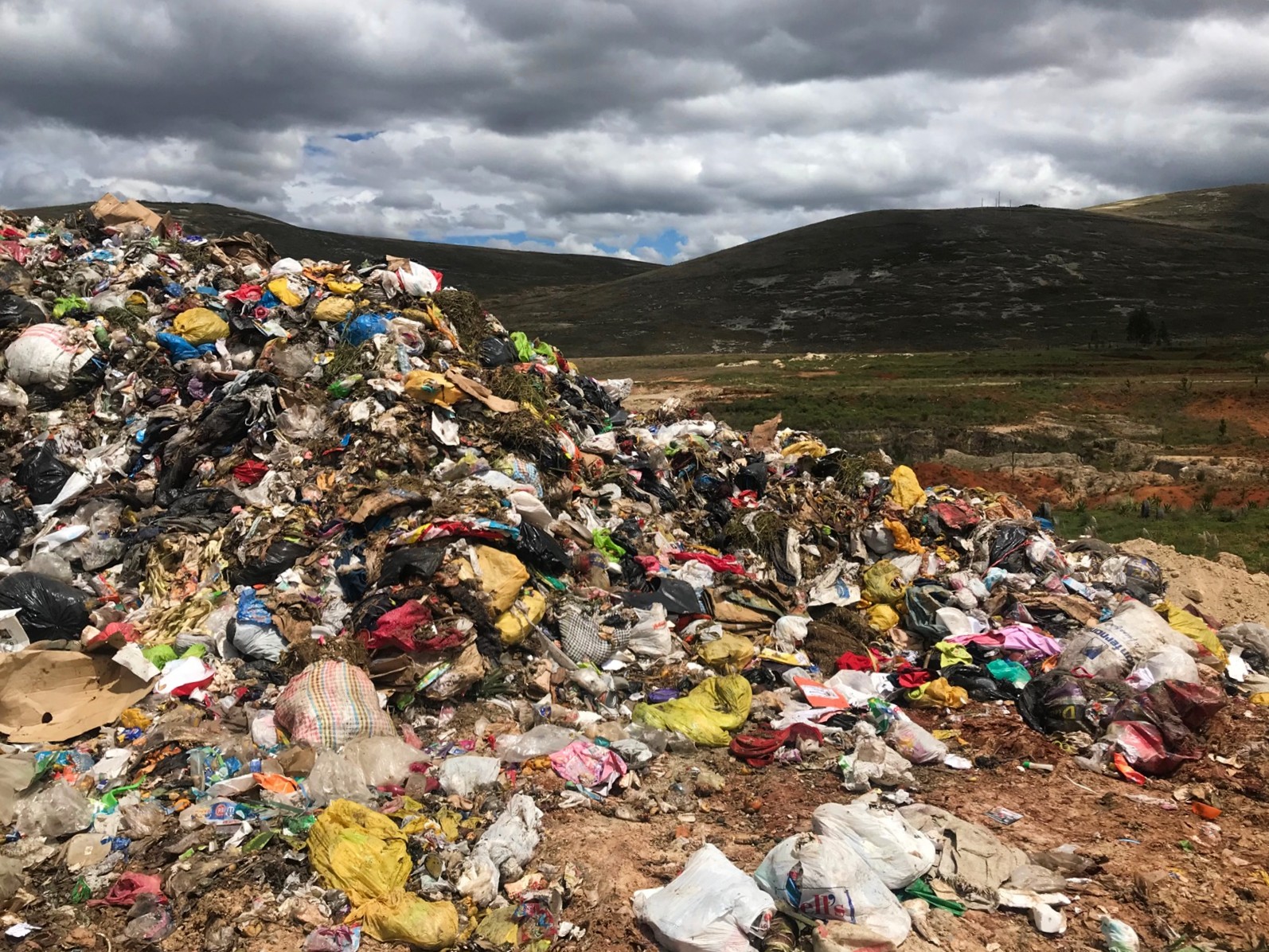Lima is the capital and the largest city of Peru. It is located in the valleys of the Chillón, Rímac and Lurín rivers, in the central coastal part of the country, overlooking the Pacific Ocean. Together with the seaport of Callao, it forms a contiguous urban area known as the Lima Metropolitan Area. With a population of more than 10 million, Lima is the most populous metropolitan area in Peru and the third largest city in the Americas behind São Paulo and Mexico City.
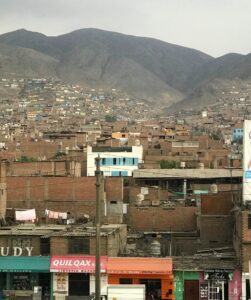 Lima was founded by Spanish conquistador Francisco Pizarro on January 18, 1535, as Ciudad de los Reyes (City of the Kings) and almost immediately became the capital and most important city in the Spanish Viceroyalty of Peru. Following the Peruvian War of Independence, it became the capital of the Republic of Peru. Around one third of the national population lives in the Lima metropolitan area. The urban area covers about 800 km2. It is located on mostly flat terrain in the Peruvian coastal plain, sloping gently from the shores of the Pacific Ocean into mountain slopes located as high as 1,550 meters
Lima was founded by Spanish conquistador Francisco Pizarro on January 18, 1535, as Ciudad de los Reyes (City of the Kings) and almost immediately became the capital and most important city in the Spanish Viceroyalty of Peru. Following the Peruvian War of Independence, it became the capital of the Republic of Peru. Around one third of the national population lives in the Lima metropolitan area. The urban area covers about 800 km2. It is located on mostly flat terrain in the Peruvian coastal plain, sloping gently from the shores of the Pacific Ocean into mountain slopes located as high as 1,550 meters
In Peru, more than seven and a half million tons of solid waste are generated each year, of which 64% comes from households. Over time this rate has increased exponentially. Moreover, if the forecasts of the World Bank are fulfilled, it is estimated that by 2025 up to 36,000 tons of garbage will be generated per day, thus making it necessary to propose immediate solutions such as recycling. Cities represent a major challenge for solid waste management. In Lima, about 9,000 tons of garbage is generated daily, whereof, only 4% is recycled. In fact, Lima is the city with the highest ecological footprint, exceeding ecologically permissible parameters. If all human beings maintained the current habits of an average citizen of Lima, we would need 1.27 planets to survive.
With just four sanitary landfills in a city of nearly 10 million inhabitants, there are countless illegal dumps. A fifth of the rubbish ends up there. Run-off from the waste contaminates Lima’s main water source, the Rímac river, as well as with the Chillón and Lurín rivers, which flow into the bay of Lima. The municipal government is tackling the issue with a novel idea. Kitted out with video cameras and satellite trackers, 10 vultures have been set loose over the capital of Peru to draw attention to the megacity’s overwhelming trash problem – sniffing out rubbish. Unfortunately, finding the illegal dumps is just a start. Drastic actions are needed to clean them up and to put value to waste, recycling it to raw materials and energy.
Plastic waste is also reaching alarming levels. One out of every ten kilos of trash generated by Peruvians is plastic. Over 45% of the waste on Peruvian beaches is from this harmful material that can take up to 400 years to biodegrade. Going to the supermarket with reusable bags, avoiding buying products unnecessarily wrapped in plastics and renouncing the use of disposable plastic straws is a great step to reduce the consumption. Batteries are another major pollutant. A single button cell can contaminate up to 600,000 liters of water, because of mercury. Therefore, they should not be discarded with organic waste, but deposited in special containers.
Lima hosted the United Nations Climate Change Conference in 2014. One of the decisions reached during the conference was the “Lima Call for Climate Action”, which confirmed the united need for carbon neutrality in all operations worldwide. As landfilled waste accounts for 11% of all the CO2 equivalent emissions, it is high time that the host country also participates fully.
WOIMA has the perfect solution to support the “Lima Call for Climate Action”. We have developed a decentralized waste management and power generation solution named “WOIMA Ecosystem” that helps emerging countries cope with the increasing waste challenges that they are facing.
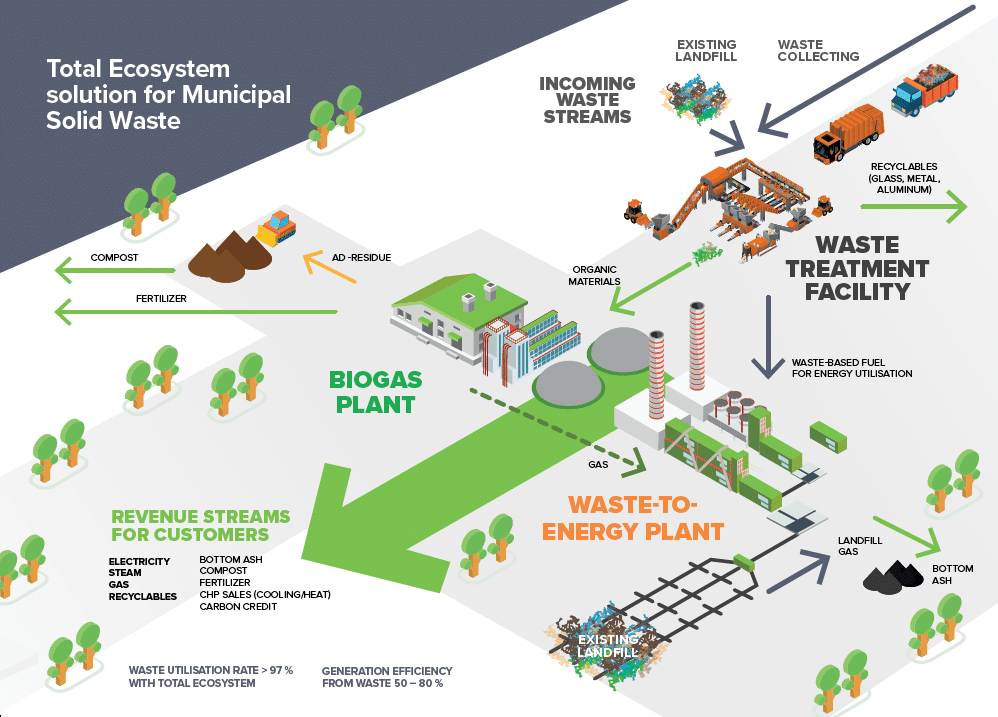
WOIMA Ecosystem recycles the waste into raw materials and energy in the most efficient manner reducing the waste quantity by over 95% and thus effectively ending waste landfilling. The small-to-medium size WOIMA Ecosystems are distributed close to where the waste is generated, thus offering significant waste logistics and power distribution savings in addition to solving the waste problem.
Read more: Woima decentralized W2E power generation – case study Nairobi Kenya
Contact WOIMA, if you see yourself as collaboration partner in saving the planet. Ask more about turning waste into wellbeing with WOIMA Circular Economy Solutions.
WOIMA Social Media accounts

